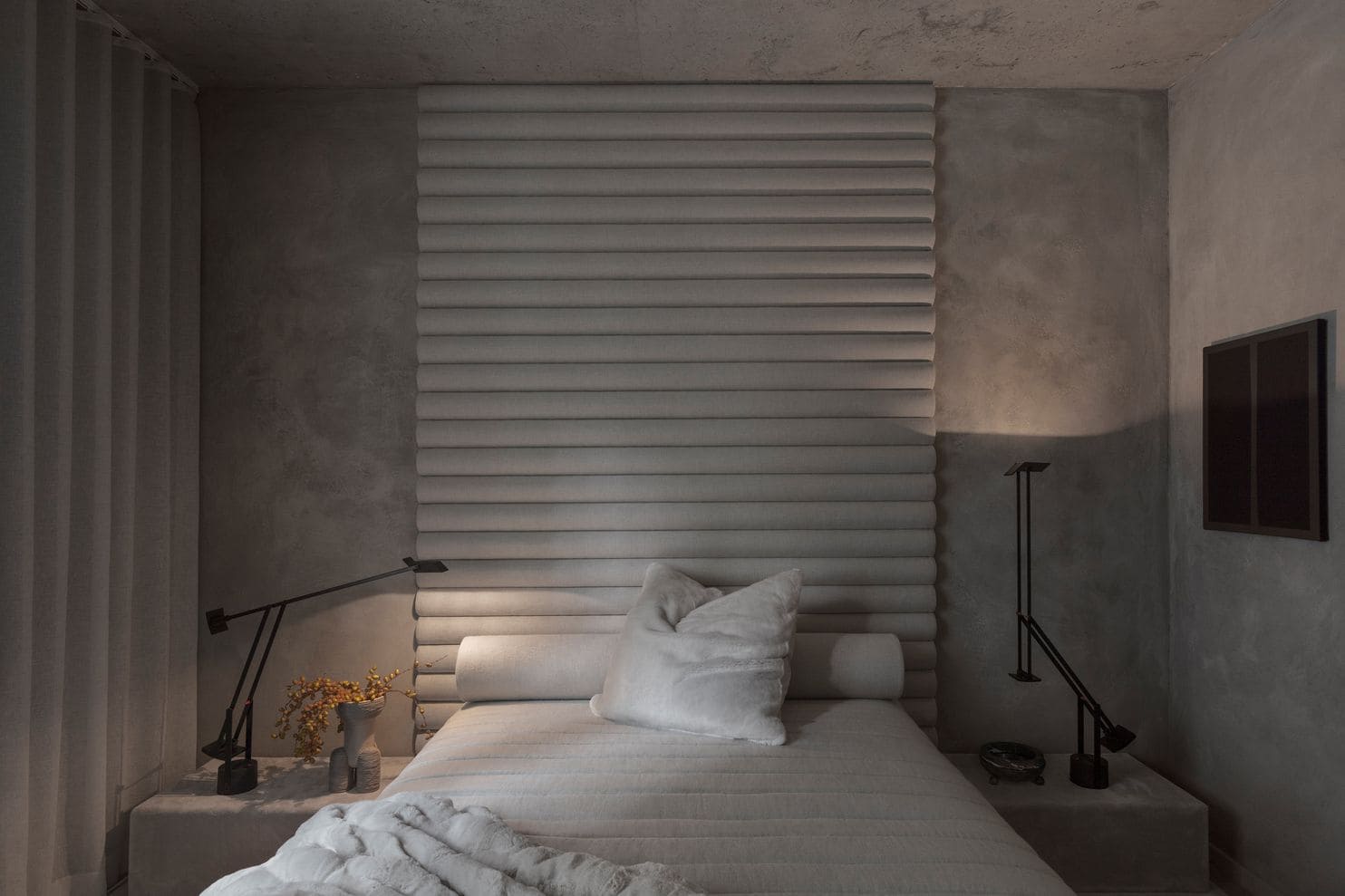Nature Knows and Psionic Success
God provides
How to create a sleep-friendly bedroom

A sleep-friendly bedroom is like a “good snuggle” — one that makes you “feel embraced and safe,” like a cocoon, furniture designer and decorator Alex P. White said in an email. So keep things “tonal and tactile with as many luxurious materials as your budget allows.” (Colin Miller) Brain research has shown how relevant sleep is to health, so it’s more important than ever to get a good night’s sleep. In the bedroom, that means not just decorating in calming colors but also minimizing stressors and optimizing conditions for a restful night. We asked some experts for advice and products to achieve that. Minimize noise A key obstacle to uninterrupted sleep is noise. To reduce it, Brooklyn-based architect and designer Adam Meshberg, founder of Meshberg Group , recommends soundproofing the walls — building an additional thin wall in front of the original, adding a layer of QuietRock sheetrock, or sealing any cracks or gaps within the walls. To a lesser extent, wallcoverings can also absorb sound, he says, though a padded wallcovering will do more than a simple wallpaper. Cracks and gaps are also a problem when it comes to windows. Restoring or replacing drafty windows won’t just improve your heating and cooling bills; doing so can make a huge difference in the amount of noise seeping in. If renovation isn’t an option, some companies will install a thin window behind your existing window for extra soundproofing. CitiQuiet in New York says it can eliminate 95 percent of street noise. For a simpler fix, getting an upholstered headboard (or a bed that comes with one) helps with acoustics, says Florida-based designer Adriana Hoyos. Go for fabrics at least one millimeter thick; suede, velvet, leather and leatherette are stylish options for absorbing excess noise. Andrew Bowen, director of staging at […]
Click here to view full article
